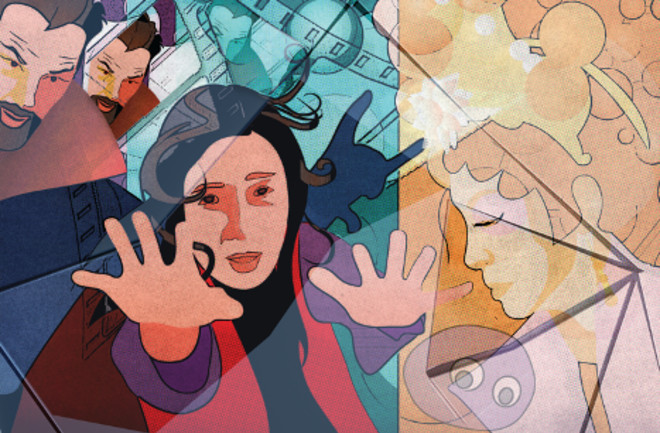This story was originally published in our Mar/Apr 2023 issue. Click here to subscribe to read more stories like this one.
If you live on this planet — and you’re of a certain age — there’s a decent chance you’ve seen the classic Star Trek episode “mirror, mirror,” in which Captain Kirk and several members of the enterprise find themselves in what appears to be a parallel universe.
The trouble starts when they attempt to beam up from a planet during an ion storm. Something goes wrong. They appear aboard the Enterprise, but things are askew: Crew members greet the captain with Nazi-style salutes, and First Officer Spock sports a goatee. Observing these small but significant differences, Kirk muses that the crew has materialized in “a parallel universe coexisting with ours on another dimensional plane.”
These days, one parallel universe is hardly enough for science fiction. Instead, it seems the entire multiverse is having its Hollywood moment. Films like Doctor Strange in the Multiverse of Madness and Everything Everywhere All at Once entice the viewer with multiple versions of various characters and a dizzying array of alternate realities. Though they’re not particularly heavy on the physics, these films are definitely latching onto something. The idea of the multiverse — the provocative notion that our universe is just one of many— has fully cemented itself in mainstream pop culture. (Or, at least, in the current phase of the Marvel Cinematic Universe.) Its appeal as a storytelling device is obvious. Just as time travel allowed Marty McFly to experience different timelines in the Back to the Future series, multiverse tales allow characters to explore a multitude of worlds with varying degrees of similarity to our own, as well as altered versions of themselves.







